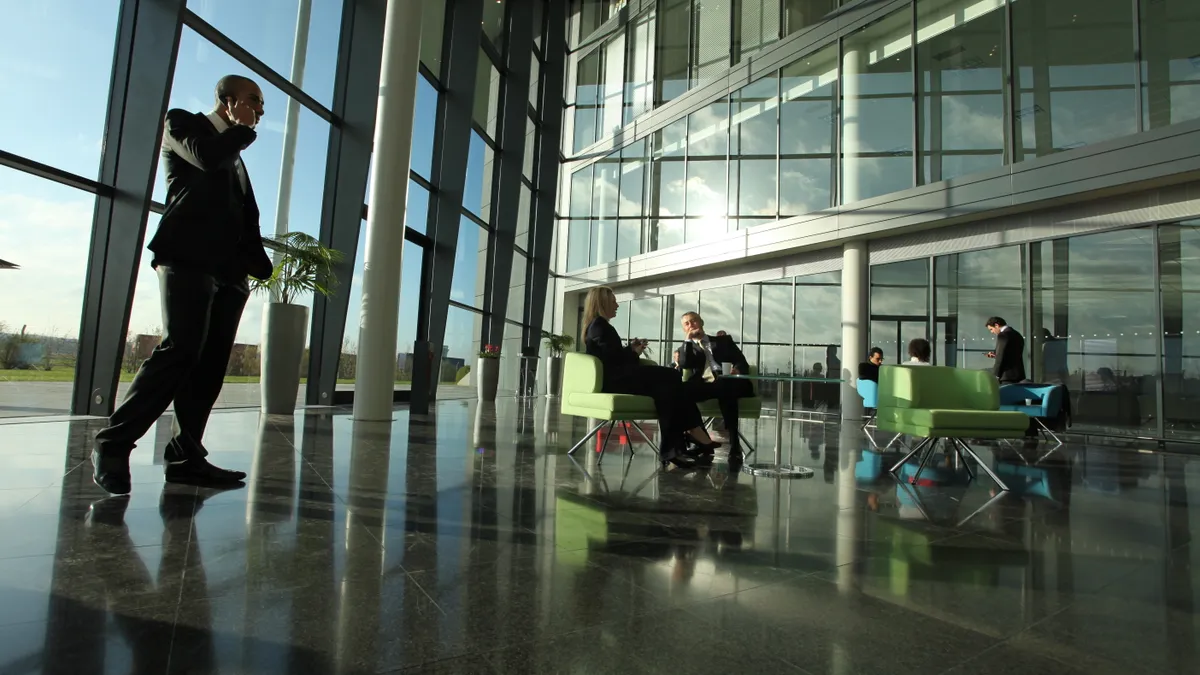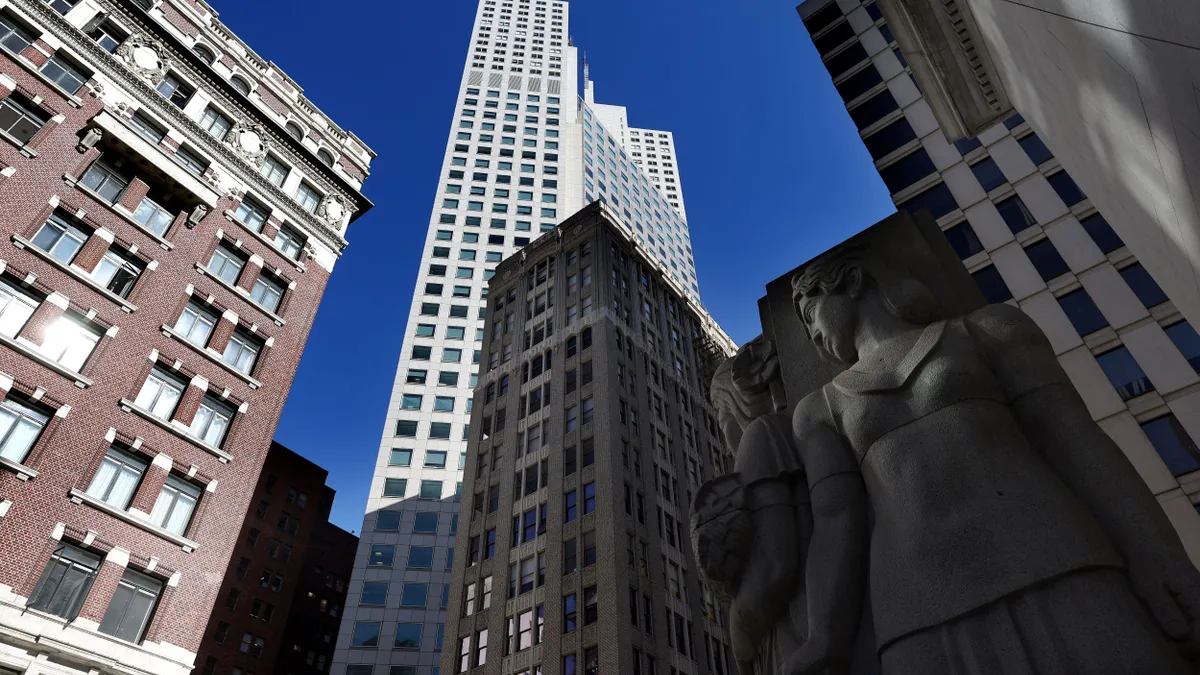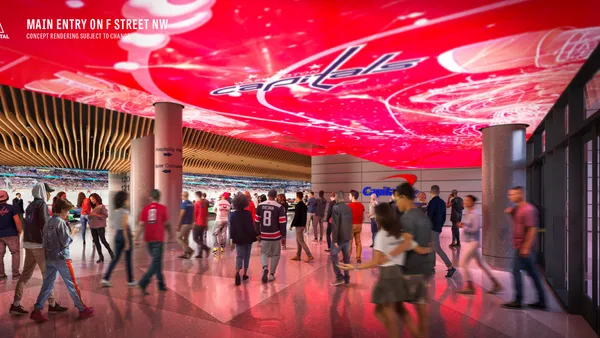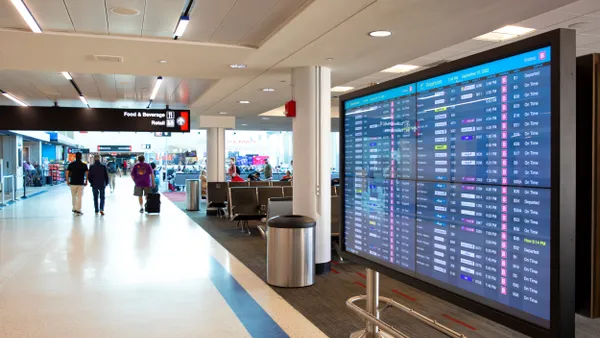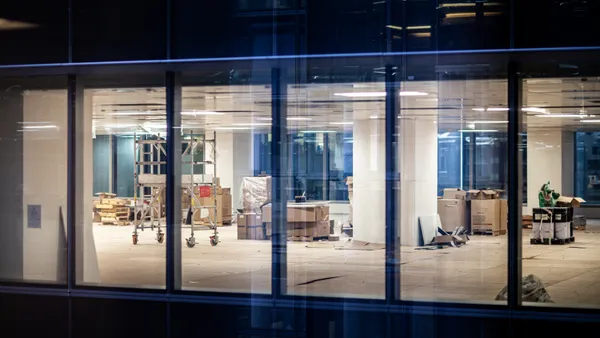Dive Brief:
- Demand for lab space is set to ramp up, with market activity expected to increase in the coming months, according to JLL’s U.S. Life Sciences Property report released Wednesday.
- Lab demand rose 6.3% across the U.S. in the first quarter, with most of that increase concentrated in Boston, San Diego and the Bay Area, the report says, noting that these markets experienced a combined 29% quarterly increase in demand.
- “Demand in Boston, San Diego and the Bay Area is now on par with 2019 levels, which is before the market overheated,” Kevin Wayer, president of JLL’s life sciences division, said in a news release. “If occupiers are able to take advantage of the conditions now, they should, since competition for space is likely to heat up once startup capital flows more freely in 2025 and beyond."
Dive Insight:
In an occupier-favorable market, lease terms are shrinking in small- and mid-sized deals, which account for a majority of the leases being signed today, according to JLL. While larger deal terms are more consistent in length, declining an average of just two months since 2022, the lease terms of small- and mid-sized deals dropped by 1.4 years and 2 years, respectively, on average in that timespan. Overall, lease terms in the first quarter of 2024 remained flat compared with 2023, rising to an average length of 5.1 years from 5 years in 2023, the firm says. This average is based on JLL Research’s analysis of the greater Washington, D.C., Boston, Denver, Philadelphia, New Jersey, Bay Area, Raleigh-Durham, San Diego, and Seattle markets.
“The average lease term of deals signed across the U.S. has shortened over time. Today, it is back in line with the early 2010s, when the average term was around five years. In the second half of the last decade, demand started to outpace supply, giving landlords greater leverage to negotiate longer lease terms, even when it didn't necessarily align with the funding and growth trajectory of start-ups,” the report says. “More recently, however, supply has outpaced demand across markets, putting leverage back in tenants’ hands and allowing start-ups to push for shorter terms.”
However, aggregate demand across the U.S. remains 55% lower than the peak levels observed at the end of 2021, JLL points out. In the three largest markets — Boston, San Diego and the Bay Area — the 6.9 million square feet of demand seen at the end of the first quarter matches the levels seen at the end of 2019, “before the markets overheated,” the report says. “The chief difference today is that the oversupply in those markets implies an extended opportunity for users to push economics and flow into the abundance of high-quality space,” the report notes.
The Bay Area alone jumped from under 2 million square feet of demand at the end of 2023 to 2.7 million square feet at the end of the first quarter. The report attributes this increase to small and midsize start-ups, which have shown “the breadth of new activity.” San Diego is noticeably active right now, following one of its largest fundraising quarters on record and increased activity from major pharmaceutical companies that have created the most favorable supply-demand dynamics of the three big markets, JLL says.
Overall, there is “a wide array of disequilibrium in the market for lab space in most major markets today,” JLL says. The report notes that the top three markets have followed similar market trajectories in the past two years as the majority of lab users navigated a tight funding environment, which “severely crimped the ability to sign lease obligations.” While most markets had never seen supply-to-demand ratios over 2:1 before 2022, supply levels jumped to six or even 10 times that of demand in most markets by midyear 2023, the report says.
Through the rest of 2024, this ratio is expected to continue dropping in most major markets as new supply “contracts considerably and demand continues to grow incrementally,” the report says. However, the supply-to-demand ratio is still nearly four times greater than that seen from 2019 to 2021 and the market could likely take three to four years — or longer in some submarkets — “to return to a market where landlords and tenants have equal leverage in negotiations,” JLL notes.
JLL additionally expects vacancies to fall, with all indicators suggesting future demand growth and improving macro fundamentals in the life sciences sector. While it may take years for leverage to equalize, new lab supply is expected to decline in 2025 and beyond, offering landlords and operators a “respite” that will “give the market some breathing space and the ability to dig out of the mound of oversupply,” the report says.





